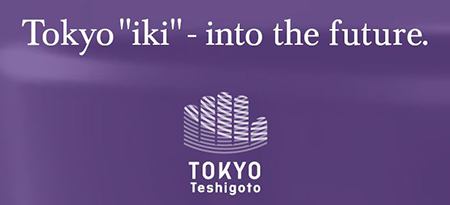Kyo Hyougu

- Art mounting dates back to the Heian period (794-1185), when pieces of artwork, calligraphy and the Sutras were strengthened by backing them with fabric. Later, calligraphy and paintings were backed or edged with paper or fabric for display or to help protect them. Gradually mounting came into much more general use for fusuma, hanging scrolls and frames as well as for folding and single-leaf freestanding screens. Hanging scrolls, hand scrolls and frames are used to decorate the tokonoma or alcove in a traditional Japanese room; and fusuma, folding and single-leaf freestanding screens are used on a daily basis in the home as partitions, screens or simply to cutout draughts. Sustained by Kyoto's beautiful environment and the refined aesthetic taste of its people, the development of art mounting here was also help by the climate conditions of the Kyoto basin with its high levels of humidity. Mounting techniques which reflected the aesthetic taste of the tea masters were perfected with the appearance of the tokonoma and when the tea ceremony became popular from the end of the 16th century and on into the Edo period (1600-1868). Screens of many kinds are even today one of the main items made, along with the mounting of hanging scrolls and hand scrolls.
- Kyoto






